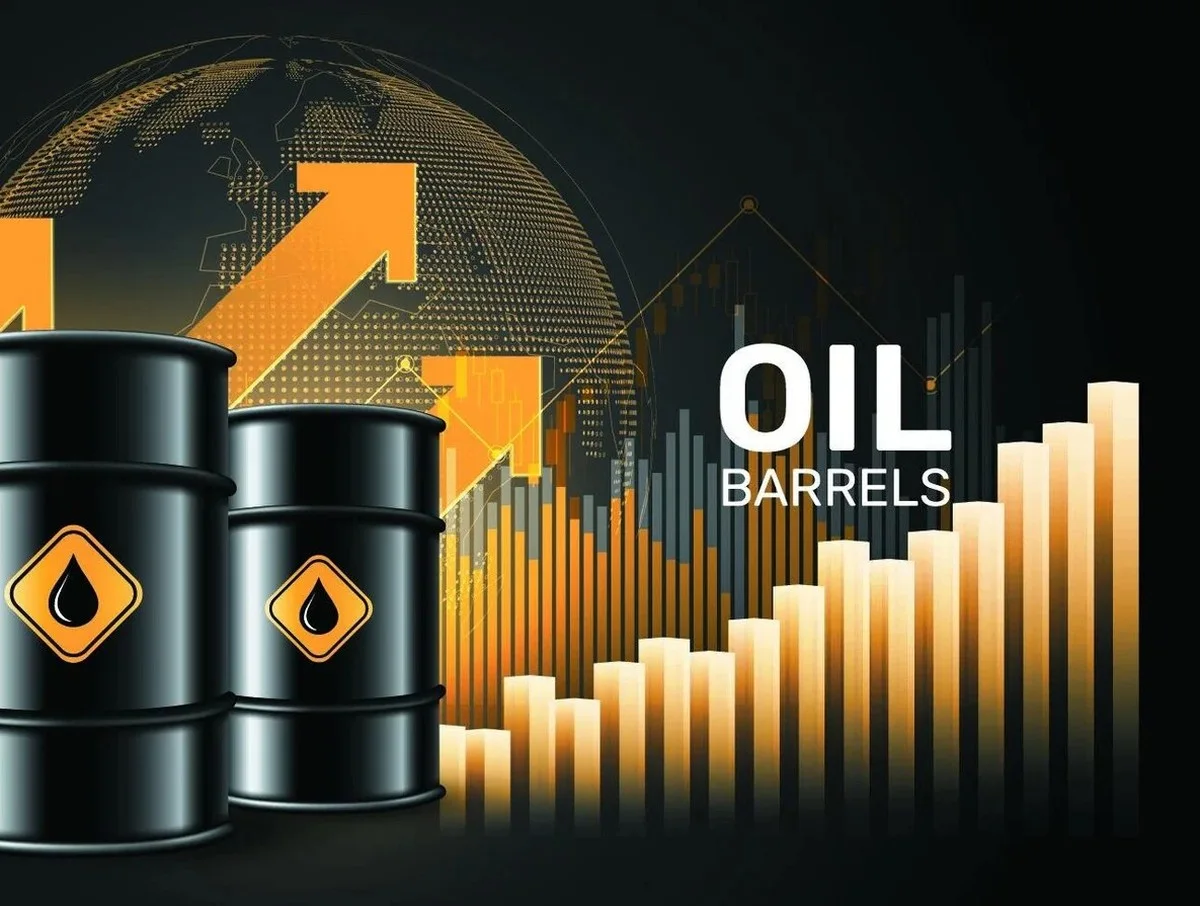18/01/2025
18/01/2025

Several factors do not support the current high oil price of around $80 per barrel. While genuine reasons are driving the market in this direction, these are likely to be temporary. Despite the European and U.S. b o y c o t t s on Russian oil, Russian crude continues to be attractive to buyers due to the huge discounts, which make it appealing. Russia has been able to export its oil through heavy cash discounts or favorable barter deals that involve goods and services instead of direct cash transactions. Also, OPEC+ has been holding six million barrels in reserve, which has helped in maintaining strong oil prices at current levels.
However, this situation is unlikely to be sustainable in the long term, as some OPEC members are increasingly desperate for cash. These members may face challenges, such as higher bank rates or difficulty meeting international terms and conditions, which could prompt them to release more barrels to ease the pressure and lower prices.
Thirdly, the growing oil production from non-OPEC countries will also likely contribute to pushing the oil prices back into the $70 range. With the new US administration taking office tomorrow, global oil supply dynamics may change. The new president is focusing on Iran, with efforts to reduce its oil exports to around 500,000 barrels per day, down from the current 1.5 million barrels per day. If the US continues its previous policies toward Iran, this could tighten the market. The administration is also likely to encourage domestic producers to capitalize on higher oil prices, with the famous slogan “Drill, baby, drill.” Also, the administration’s close relationship with Kremlin leaders may influence future energy policies.

Turning to the main concern, which is the future of oil prices, it seems unlikely that prices will remain far from where they were 12 months ago, in the absence of any major supply disruptions. With the unlikeliness of such disruptions, the market is expected to be well supplied, which will keep the oil prices in a comfortable range. It is anticipated that oil prices may decline to an average of $75 per barrel. Oil-producing countries are likely to face budget deficits for the fifth consecutive year, with little hope of achieving a balanced budget by the end of 2025. Therefore, it seems we must continue relying on borrowing or tapping into our cash reserves, as tightening our belts is not a viable option. Unfortunately, the current $80 crude oil price is unlikely to last. Searching for alternatives to oil must become a priority for the state. Let us work towards that goal.
By Kamel Al-Harami
Independent Oil Analyst
Email: [email protected]


